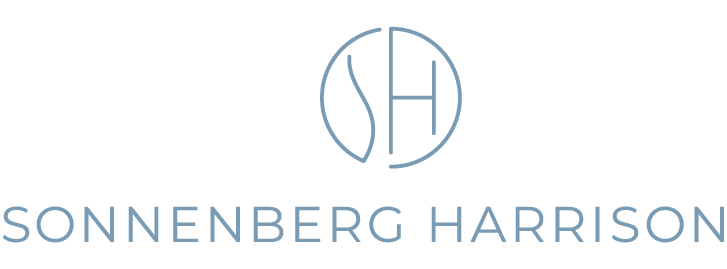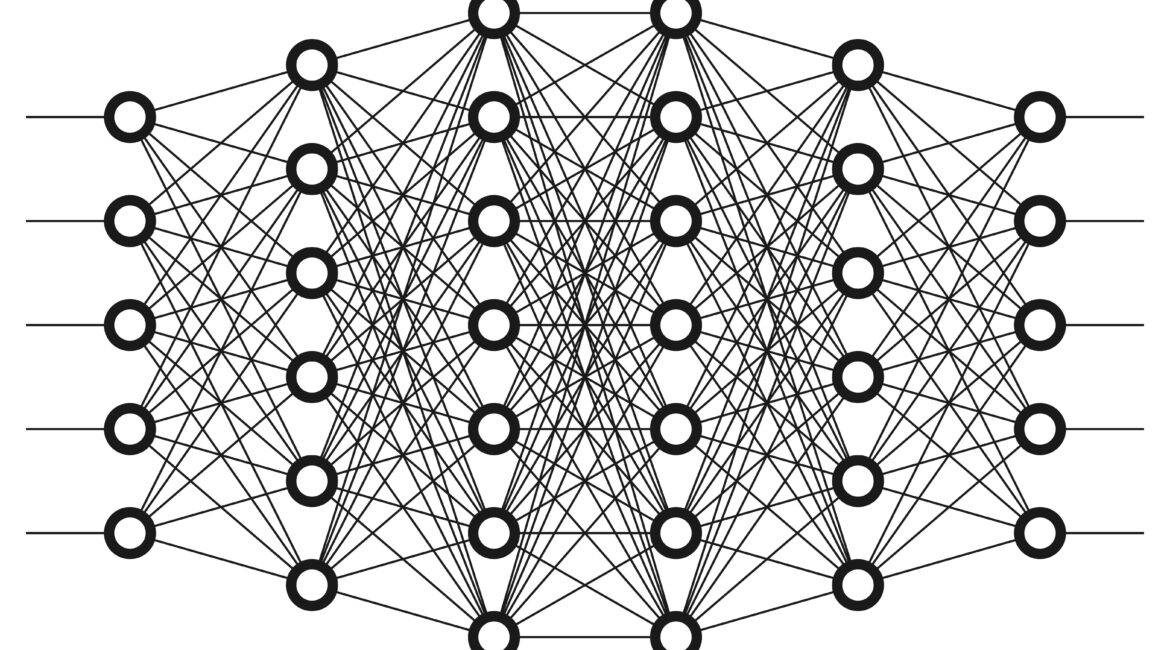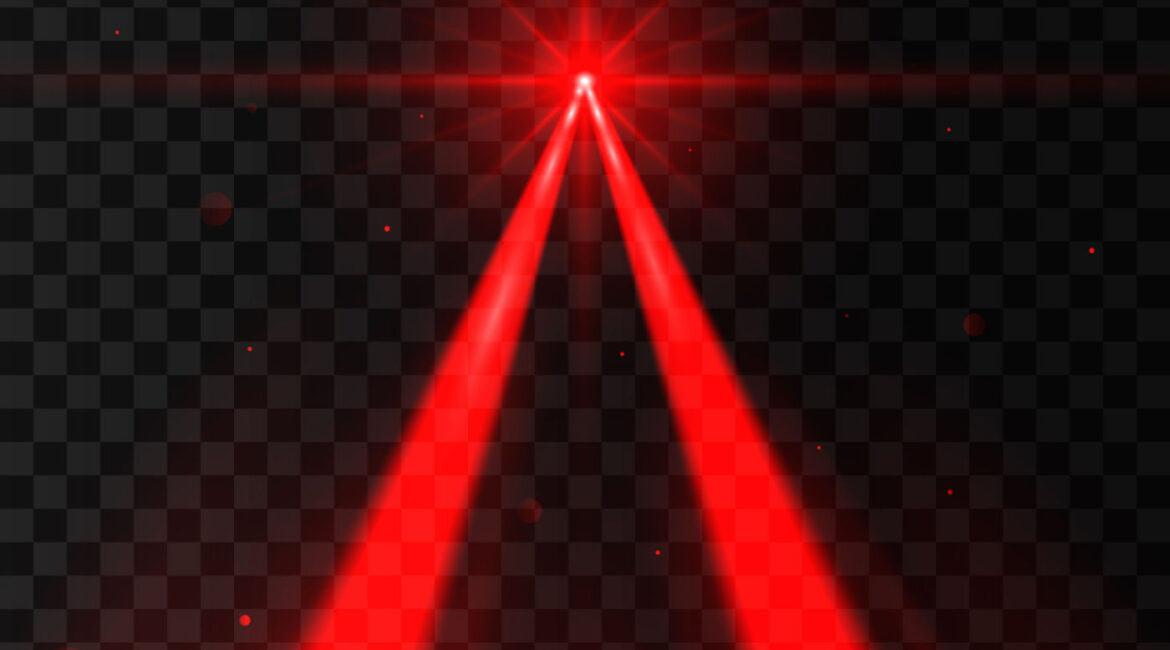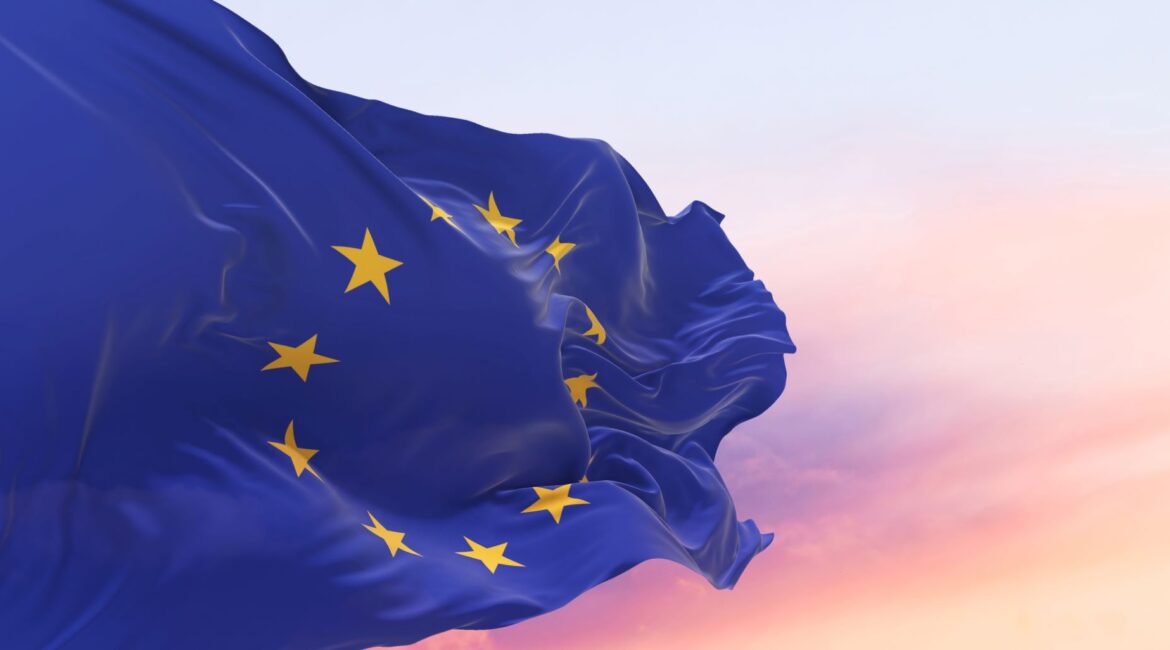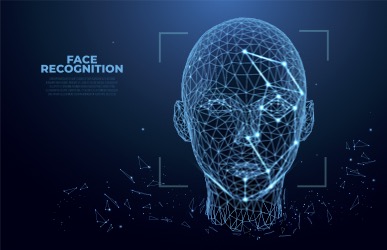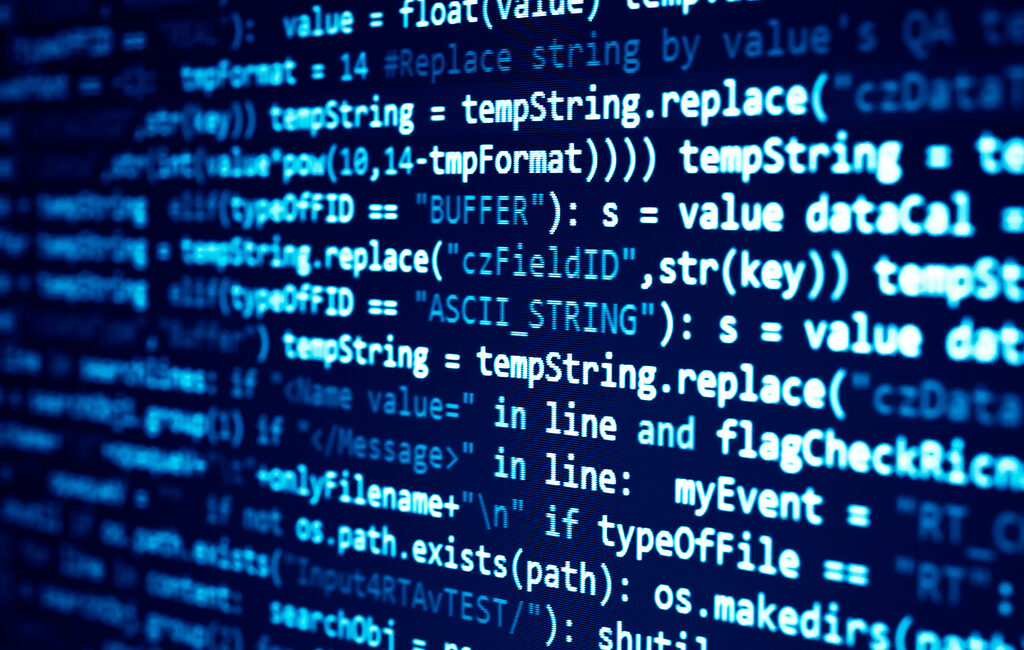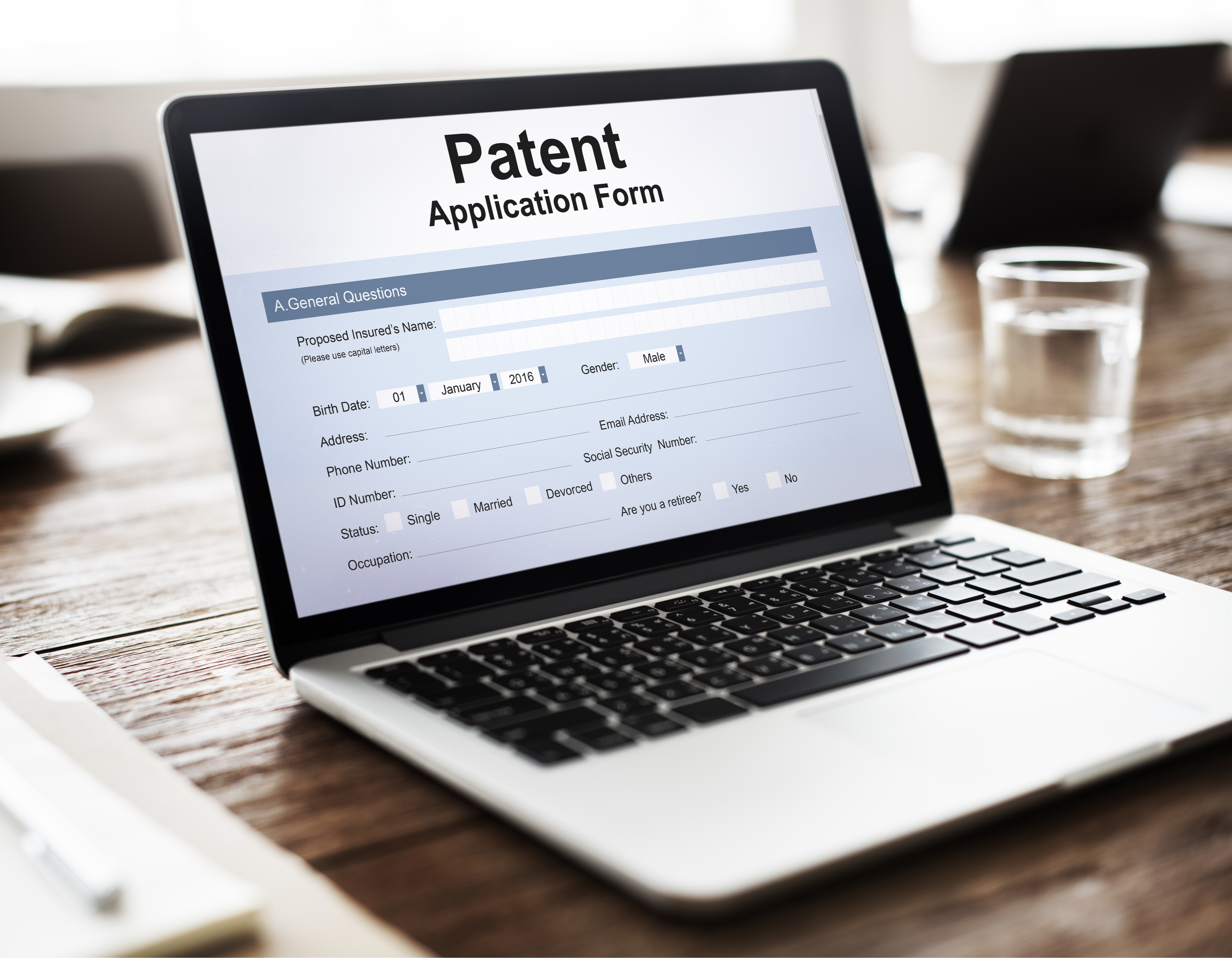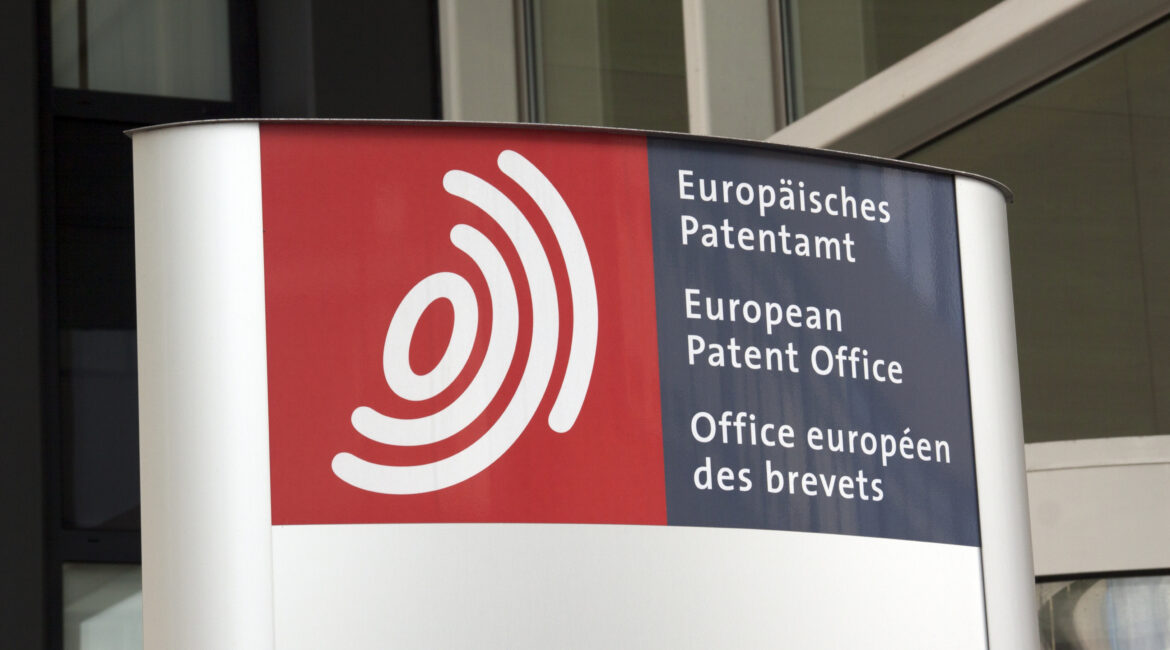The UK Supreme Court has decided that an artificial intelligence machine cannot be considered to be an inventor in British patent law. The case "Thaler v Comptroller-General of Patents Designs and Trade Marks" involved an appeal regarding two patent applications filed by Dr. Stephen Thaler under the UK Patents Act...
Patenting an Artificial Neural Network in the UK
The UK High Court recently issued a significant judgement on the application for a patent directed to an artificial intelligence network and overturned the UK IPO’s rejection of the patent application. The court disapproved the argument that the recommendation system, controlled by a trained artificial neural network (ANN), was excluded...
Quantum Technology – Disclosing the Invention
The UK Intellectual Property Office recently had to decide whether the invention in a patent application claiming the production of quantum bits (or qubits) was sufficiently disclosed. The Hearing Officer confirmed the decision of the Examiner that the description was deficient and the invention was therefore not capable of industrial...
European Fund supporting IP for SMEs
The European Commission has implemented a fund to support European Union based small and medium-sized enterprises to obtain and exploit intellectual property rights, such as patents, trademarks and designs. The way the fund operates is slightly different from country to country. Generally, it provides support to SMEs of up to...
Patenting an Artificial Intelligence Invention – guidance from the US Patent Office
In 2019, the US Patent and Trademark Office drafted detailed guidance for the patent software invention. The 2019 Revised Patent Subject Matter Eligibility Guidance included one example (no 39) which was directed towards a method for training a neural network for facial detection. The example was very simple - the...
Patenting Software Modules
One of the biggest challenges in writing patents for computer-implemented inventions (CII) or "software patents" is the level of disclosure that is required. A patent examiner can reject the patent application in Europe for lack of enabling disclosure (as we have previously reported here) or for "indefiniteness" in the United...
What is a “Continuation” Patent Application?
A "continuation application" in the United States is an additional patent application filed by the same applicant as the original pending "parent" patent application to pursue different claims as in the parent application. The continuation application uses the same specification as the parent application and enjoys the same priority date...
Quantum Entanglement and Patent Protection
Quantum Entanglement and Patent Protection Quantum computing may well represent the next challenge in obtaining patent protection, as indicated by a recent decision from the US Court of Appeal of the Federal Circuit upholding a decision by the US Patent Office to reject four patent applications allegedly based on the...
Accelerating Patent Grants in Europe
Accelerating Patent Grants in Europe through the Patent Prosecution Highway We’re often being told that it takes too long for patents to be granted. Recently, we were asked to support a client that had received a favorable search report during the international phase of a patent filed under the Patent...
European Patent Office – draft new guidelines
The European Patent Office revises its guidelines for patent examination every two years and these normally appear in November. The last update was due in November 2020, but has been delayed because of the Covid19 pandemic and these will now come into effect on 1 March 2021. A preliminary version...
